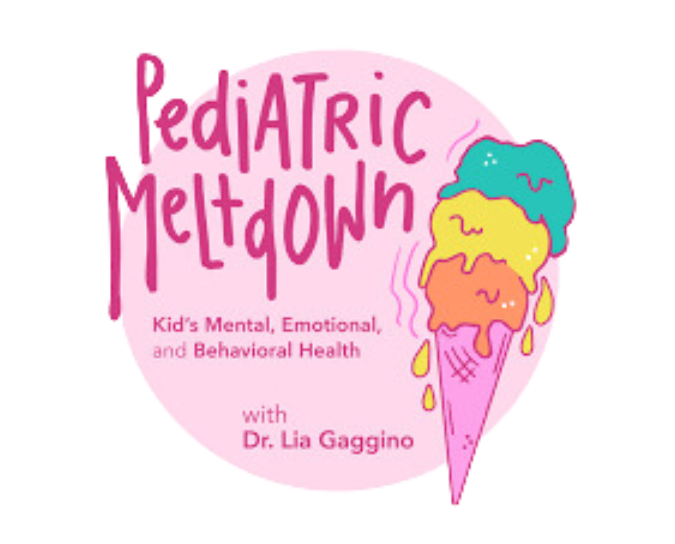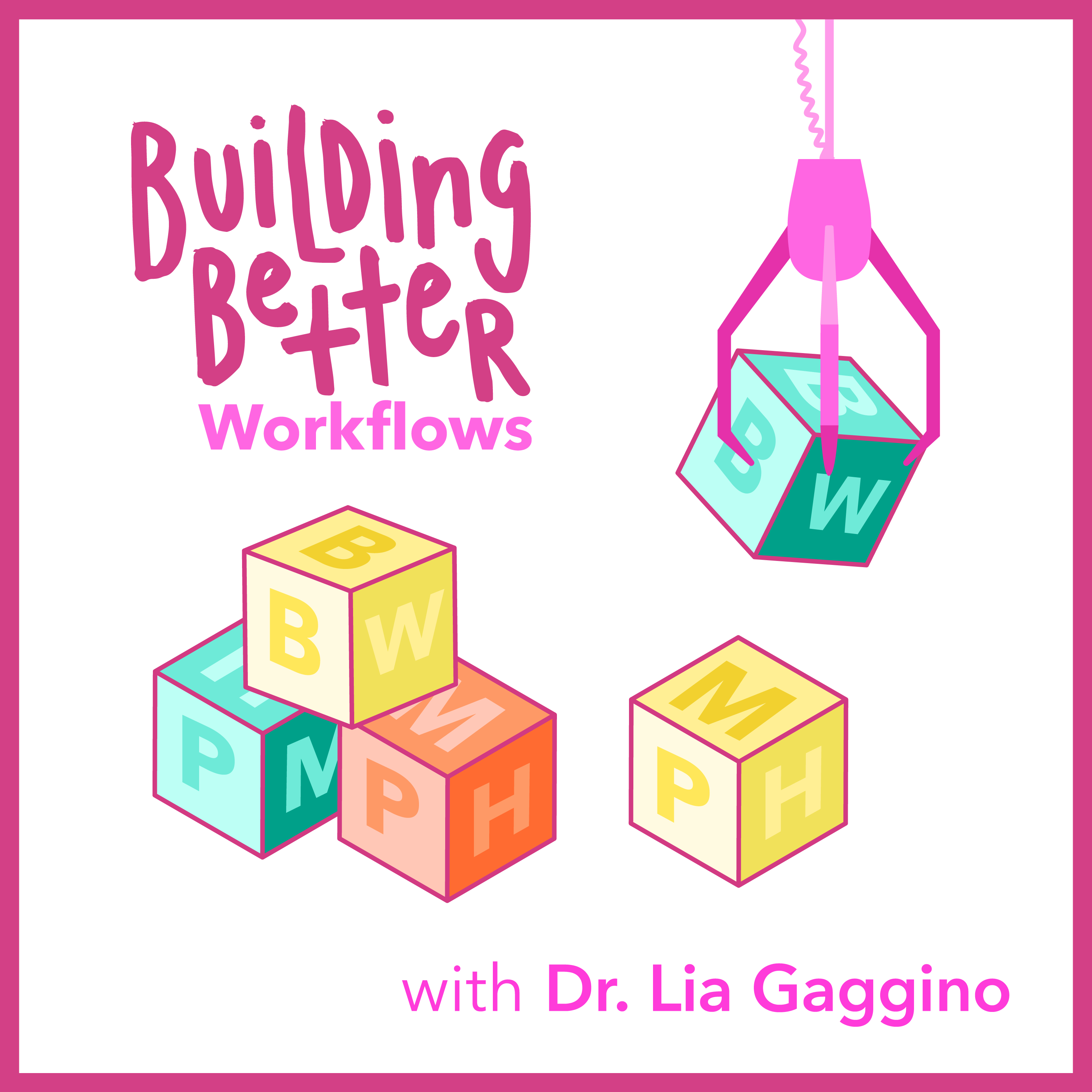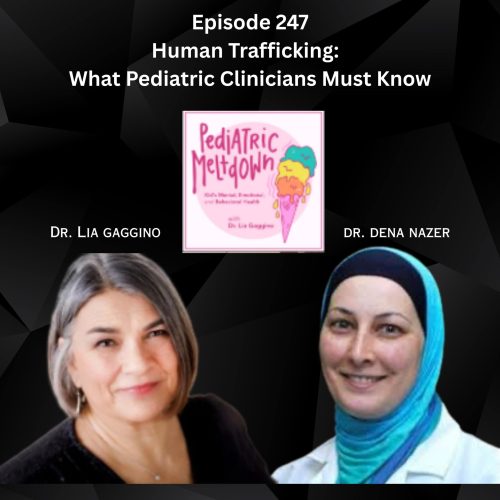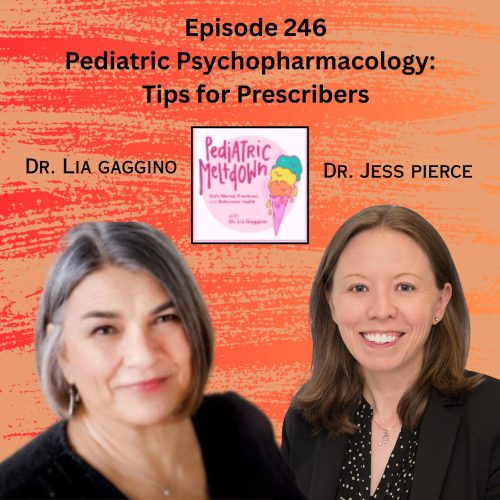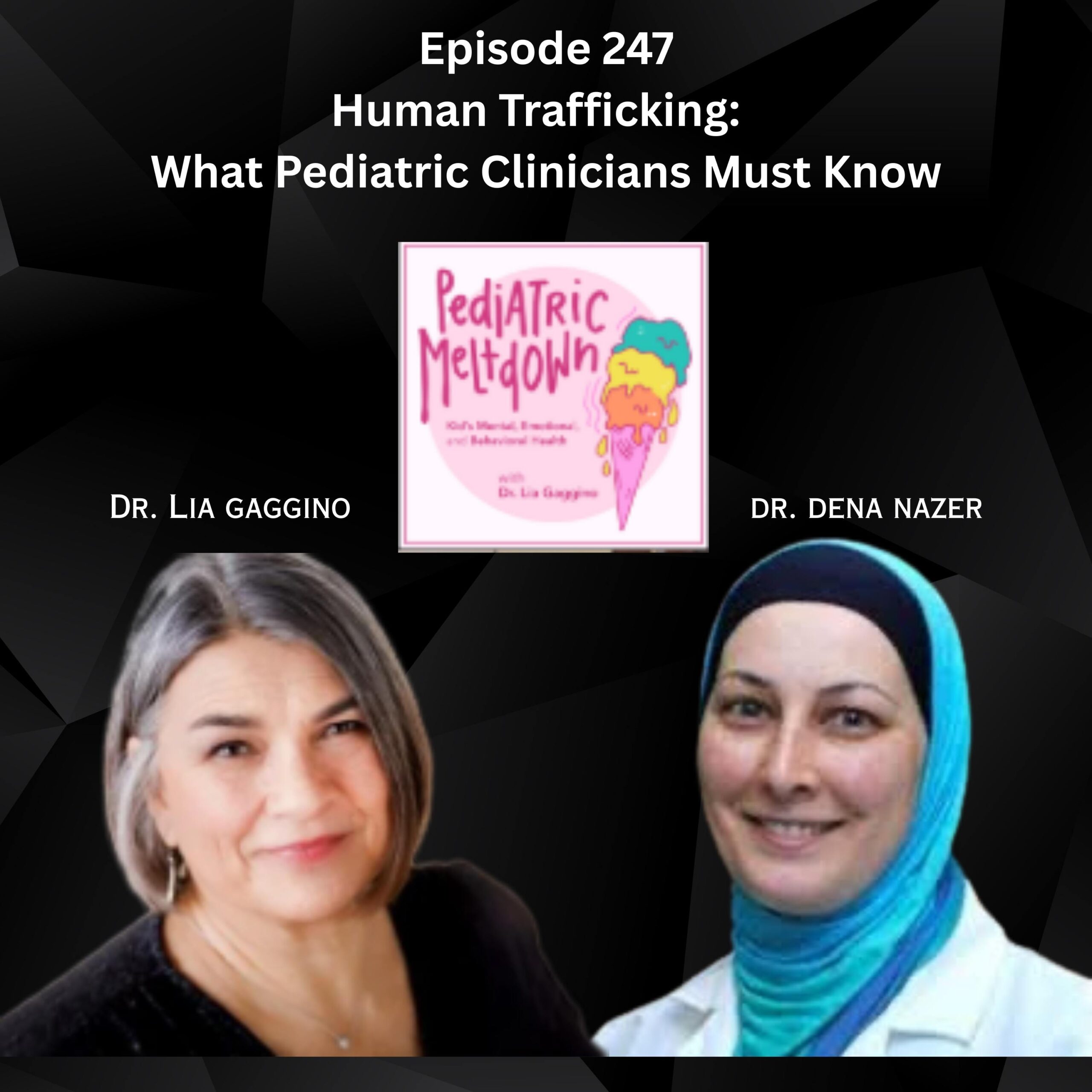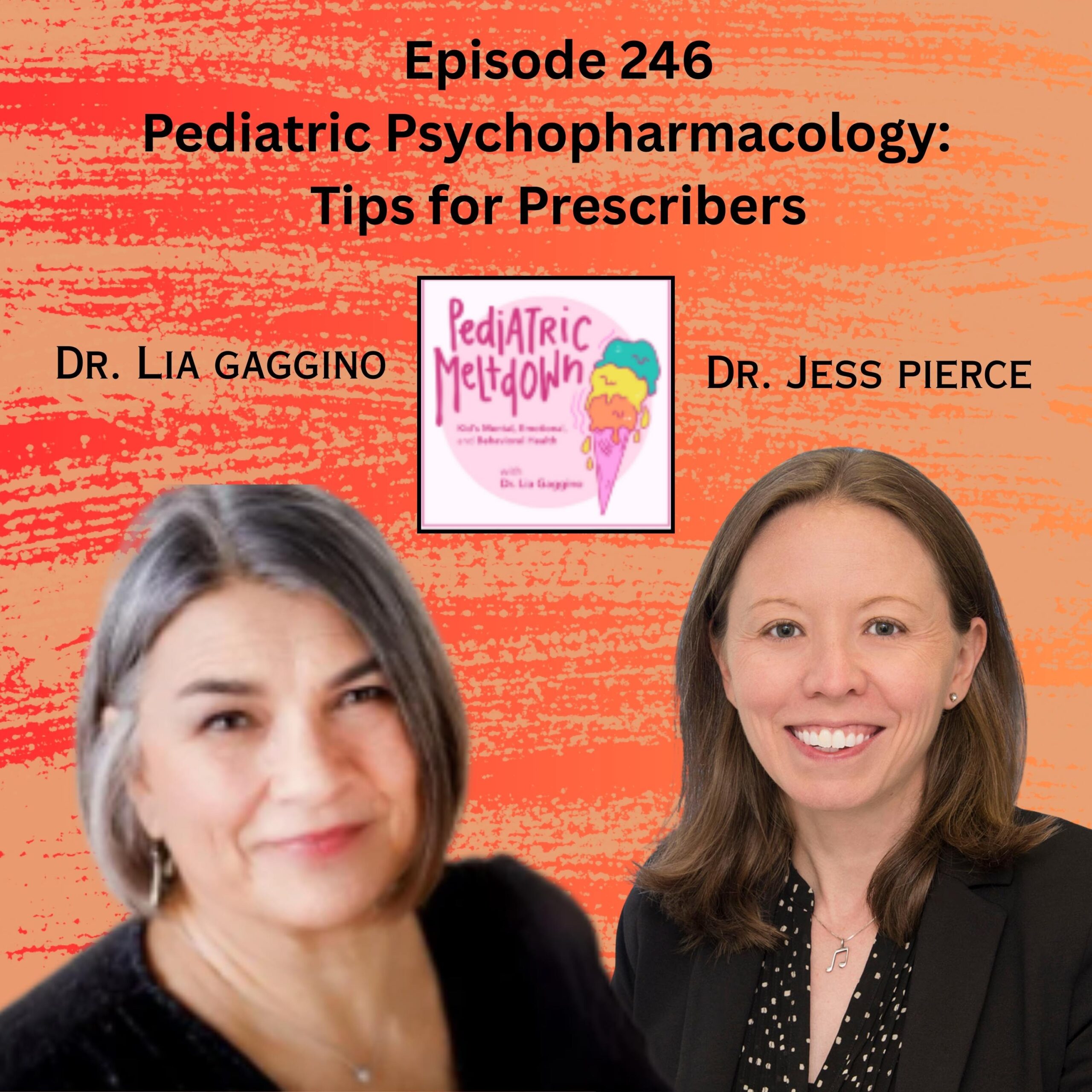Summary:
Suicide Prevention Basics
In episode 7 of the Building Better Workflows podcast, Dr. Lia discusses crucial topics related to suicide prevention, emphasizing the importance of having a robust mental health policy in healthcare settings. She begins by stressing the necessity for clear suicide prevention policies and thorough training for staff to manage crisis interventions effectively. Dr. Lia shares insights from her experience, underscoring the inadequacy of general screening tools like the PHQ-9 and advocates for more specific suicide risk assessment tools such as the ASK and Columbia scales. These tools help in determining the severity of a patient’s condition, similar to medical triage systems.
She also highlights the importance of safe storage gun laws to mitigate risk, suggesting strategies such as securing firearms separately from ammunition, which is essential for preventing impulsive actions in vulnerable individuals, including children with mental health conditions like ADHD. Dr. Lia further discusses elements of suicide safety planning, which involves helping patients develop personalized strategies to cope with suicidal ideations. This plan includes identifying triggers, self-help strategies, and emergency contacts, supplemented by the Stanley Brown safety plan framework. Through her podcast, Dr. Lia aims to equip healthcare professionals with the necessary tools and procedures to ensure their practice settings are effectively set up for suicide prevention, offering additional resources like a detailed workbook and further training through the CALM course on the SPRC website.
Bullet points of key topics
- Dr. Lia discusses the importance of having a comprehensive suicide prevention policy in healthcare settings, focusing on screening, risk assessment, and safety planning.
- She highlights the need for clear protocols for crisis calls and lethal means safety counseling to manage and reduce suicide risks effectively.
- Tools and resources like the Pediatric Meltdown workbook and the CALM course are recommended for further guidance on implementing effective suicide prevention strategies.
